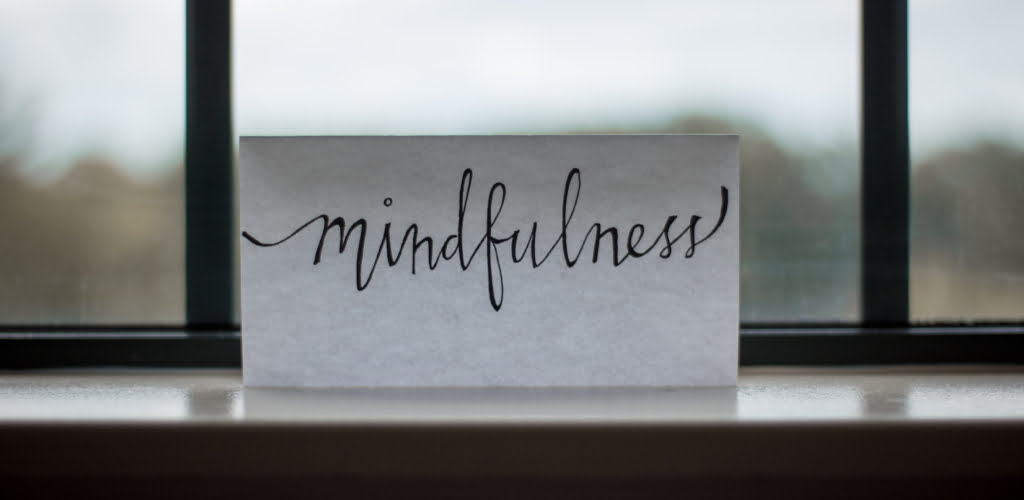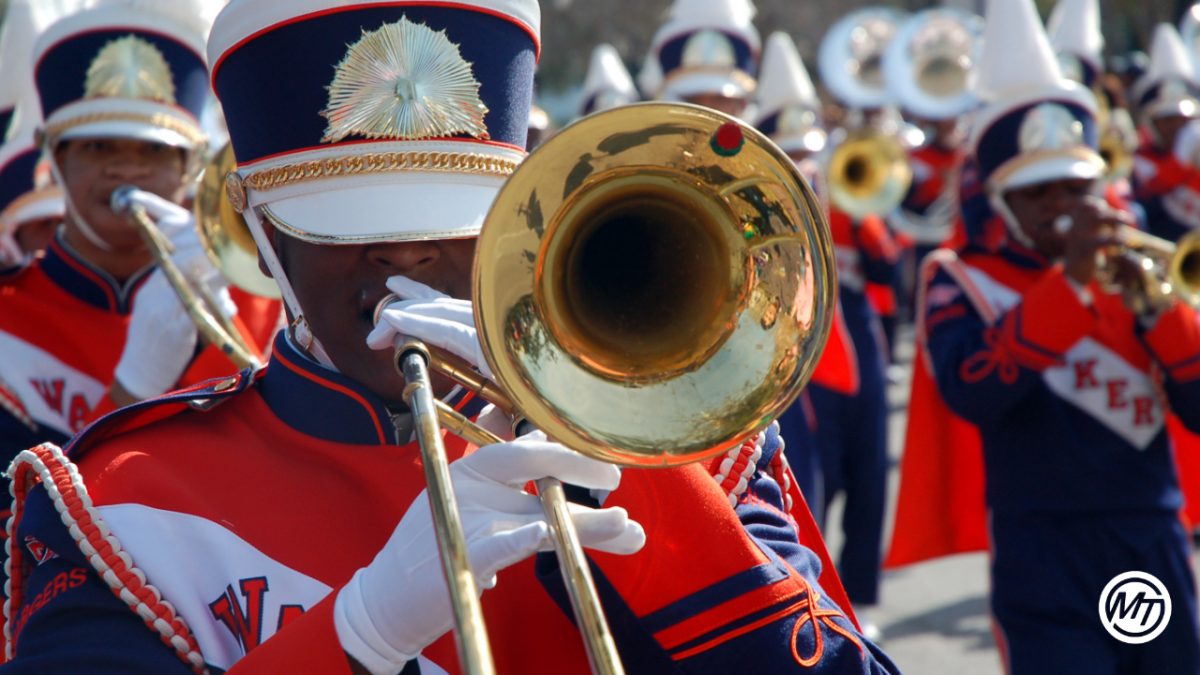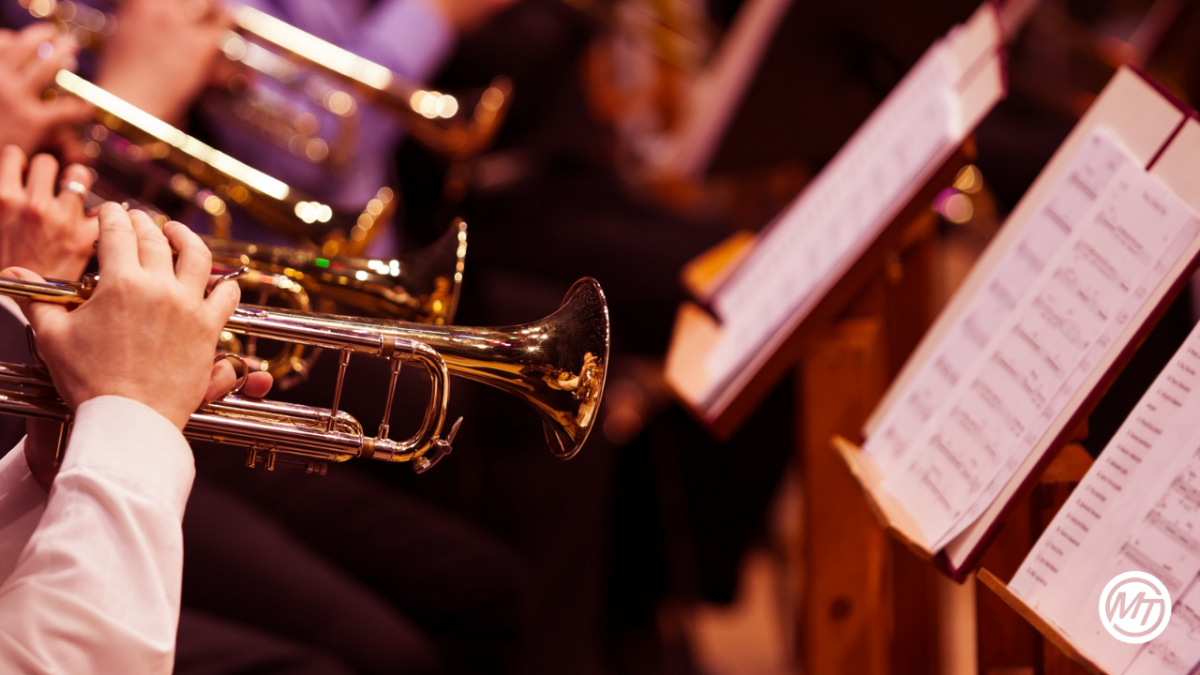Mindfulness is an incredibly liberating practice; one that has exploded as a recent phenomenon in the western world. Interestingly, us moderns are the last people on the planet to uncover the wealth of treasures it has to offer.
Music and mindfulness are indeed complementary practices. Music and sounds make a wonderful object of focus for the mind, with mindful listening proven to boost our overall wellbeing and reduce stress significantly.
Whilst mindfulness is still finding its way into mainstream culture, music is universal and plays a prominent role in everyday life for most people. Humans are surrounded by music. It is undeniable that it affects people’s moods and emotions, as it engages broad neural networks in the brain.
Playing a musical instrument or listening to music whilst encompassing mindful values can transform the experience; creating the framework for a powerful stress reduction and unlocking the full potential music has to offer as it unfolds in the present moment.
What Exactly Is Mindfulness?

Humans have practiced mindfulness for thousands of years. Mindfulness is the art of being completely engaged in the present moment. It is a transformative practice that allows the mind to be attuned to any present experience, with a clear sense of openness and curiosity.
It’s important to note that mindfulness isn’t about goals or expectations. Nor is it about banishing unwanted thoughts or feelings in the mind. Practicing mindfulness is about building awareness directly to the present moment, whilst being kindly accepting of any thoughts or feelings that may arise. Mindfulness encompasses an underlying theme of acceptance.
Tuning in to the present moment allows us to experience everything that’s there – using our mind like a spotlight. Mindfulness practice requires us to draw our focus to different areas including sensations, sounds, smells, sights and the feeling of the breath.
Zen Buddhists refer to the constant internal chatter humans experience as the “monkey mind”. Through mindfulness practice we can all learn to tune in to the present moment and enjoy the flow of life as it unfolds!
The Benefits of Mindfulness
As humans we find ourselves all too distracted in our day-to-day life, missing out on important details, and not even realising just how little attention we pay to the activities we perform! We also know that the mind loves to make judgments, look to the future, overthink past events and interpret our lives in a way that isn’t always beneficial.
Mindfulness isn’t designed to be a miracle cure. But it has the ability to transform our entire perspective and the way in which we experience life. Regular mindful practice has been scientifically proven to alter the biochemistry of our body. It is able to:
- Decrease amygdala activation (the body’s stress response signal) – enabling you to feel more calm and relaxed in everyday life.
- Increase activity in left prefrontal cortex – boosting our overall sense of wellbeing.
- Increase brain grey-matter – in areas responsible for attention, emotional regulation and perspective.
- Increase working memory capacity – enhancing productivity and performance.
The wealth of benefits mindfulness is able to provide is nothing short of extraordinary. Many professional sports teams and athletes employ mindfulness as a tool for improving concentration, self-compassion, awareness and mental composure. It is an exceptionally powerful practice that is fundamentally important for mental wellbeing and reducing stress and tension in our bodies.
Mindfulness For Musicians and Listeners

Both music and mindfulness offer incredible therapeutic potential, and the individual practices are well matched to benefit one another. In this article I aim to focus on how beginners can utilize mindfulness whilst performing music or listening to music.
Whilst music is an art form and musical ensembles are cooperative by nature, musicians are expected to deliver strong performances. This can bring unnecessary judgment, criticism and comparisons to the forefront of the mind. Through mindfulness, we as musicians are able to experience greater levels of calm and enjoyment from playing, with greater compassion and patience for ourselves.
For everyone who enjoys listening to music, mindful listening is a remarkable way to experience every individual detail within a piece of music; to connect with the sounds in an entirely new way that is free from judgment.
Music and sounds make for a great object of focus, and the great news is that we can all learn to tune in to the present moment – mindfulness is just a skill that is developed and nurtured over time.
Using Sounds as an Object of Focus
Being able to fixate the mind on music and sounds as an object of focus offers continuity, reassurance and a quality of calm. Sounds make an excellent object of focus for the mind. As you listen to music, pay close attention to all of the sounds and nuances you can hear without judging or over-analysing what you hear.
Through shifting the spotlight of focus onto the music and sounds in the present moment, listening and playing along to music can help to increase attentiveness and focus whilst liberating the mind from the worries and doubts that often cloud the mind.
How To Practice Mindful Listening

Choose any piece of music to listen to. It can be a familiar song you enjoy or something entirely new. It can also be any style of music. Begin by taking some deep breaths and feel yourself grounded in the chair or wherever you are sat. With a sense of curiosity, notice all of the sensations you feel, including your breath as you inhale and exhale from your lungs.
Noticing the breath is a foundational component of mindfulness meditation. As you sit still, pay close attention to the sensations of the breath. Don’t try to change the way you breathe, but simply observe what happens as your lungs inhale and exhale. Each breath is different – it can be shallow or deep. Observe how your chest expands and softens, and what happens as the breath enters and leaves your body.
Once you feel comfortable with the breathing practice, you can proceed to press play and absorb sounds through your headphones or speakers. I invite you to close your eyes and focus only on the music as it unfolds. There is so much to explore within the music.
Exploring Different Sounds
There are so many unique sonic qualities within music, and every song is completely different. Bringing a mindful approach to music can totally transform the listening experience and allow you to engage with the music with a fresh perspective. Here are some different ways you can explore music to its full potential.
1.) Pay attention to the timbre of the musical instruments
Imagine that it’s the very first time you have ever heard a type of musical instrument. Listen to the different sounds produced, and notice if they are dark or bright. Are the sounds sharp and punctuated or smooth and mellow? As the song develops listen to how the different instruments communicate with each other within the composition.
2.) Feel the changing dynamics and the beat
Without judging or analyzing, familiarize yourself with the beat of the song and the rhythmic flow. Is the music soft and balanced or more dynamic and lively by nature? Rhythm plays a huge part in music and offers infectious energy to the listener.
3.) Absorb the mood of the music
Now pay attention to the overall mood of the song. Is it upbeat and cheerful? Or does it perhaps have a more solemn tone? Notice how a song progressively evolves and builds up climactic tension. Perhaps there might be a key change. Does the song sound melodic or is there harmonic dissonance?
4.) Focus on to the sung vocals
If the song has vocals, focus on the unique tone and the range of the singer. What sort of voice does the singer possess? It could be softer or a more powerful voice. Listen carefully to the tone, the emotion and the melodies expressed by the singer.
How Musicians Can Practice Mindful Movement

Drumming in particular is a physically demanding activity that employs a full range of motion from both arm and leg muscles. But all types of musical instruments require movement, dexterity and coordination. You can learn to practice mindful movement for any type of musical instrument!
Musicians are required to pay close attention to the individual areas of contact between the body and the instrument, and all of the muscles that are involved in movements whilst performing a song.
Maintain focus on all the different bodily sensations you feel as they arise whilst you play the instrument. It can feel surprisingly powerful, as we very rarely place focus on it intentionally. Pay close attention to each part of your body, and the contact between you and the instrument with the hands and the contact with your feet on the instrument or on the floor.
Notice what it feels like for your body to execute a musical performance without over-thinking or over-analyzing each note or rhythm. Allow your body to use its muscle memory whilst rehearsing a song you already know how to play. In this way you can gently retain your focus on all of the bodily sensations.
By noticing the sensations that are present, we as musicians can experience what it feels like to play music in a new and unexplored way. This can be likened to a beginners mind, helping us to reclaim an intrinsic joy that music provides.
There Is No Need For Real Effort
The mind is almost impossible to control. We reality is that we experience tens of thousands of thoughts each day, many of them being strange and random. Very few of the thoughts we experience are deliberately chosen. During mindfulness practice we allow all types of thoughts and feelings to arise, and to let them go naturally.
Applying too much effort creates a rigid and tense mind that will often lead to frustration and negative judgments. Changing our perspective and the relationship we have with our thoughts will ultimately allow us to feel a greater sense of calm.
A simple metaphor for mindfulness practice can be likened to sitting beside a busy highway. As cars pass by we can choose to notice them and let them drive away and fade into the distance, or become distracted and chase after them.
Instead of exerting energy to resist or block thoughts (which is nearly always to our detriment), we gently bring our focus back onto the present moment. In this way we deliberately allow thoughts and feelings to float by, and we acknowledge them without buying into them.
Final Thoughts

Mindfulness is often misunderstood as a fluffy concept, or something that is too good to be true. In fact it is a logical and fairly straightforward approach that is freely available for anyone to learn.
Mindfulness is very real and it provides a powerful change in perspective; indeed offering life changing benefits. Introducing regular mindfulness meditation practice into daily life is proven to reduce tension and stress as well as boost enthusiasm and joy for life.
The worlds leading healthcare systems including the UK’s National Health Service advocates mindfulness as a powerful tool in reducing symptoms of depression and anxiety amongst patients. Mindfulness has also been adopted from wall-street bankers to top-flight Olympic athletes.
With mindfulness there is no real objective besides being present. There is nowhere to go and nothing to achieve. We simply bring our awareness to what we can feel, see and hear with each passing moment.
Listening to music is a wonderful opportunity to practice mindfulness. Every song is completely different and there really are limitless opportunities to explore. There are so many different aspects of music we can gently guide our focus towards. Simply enjoy being with the present moment, and allow all of the experiences to unfold naturally!
This article was originally posted here:
https://drumhelper.com/blog/music-and-mindfulness-for-stress-reduction/




